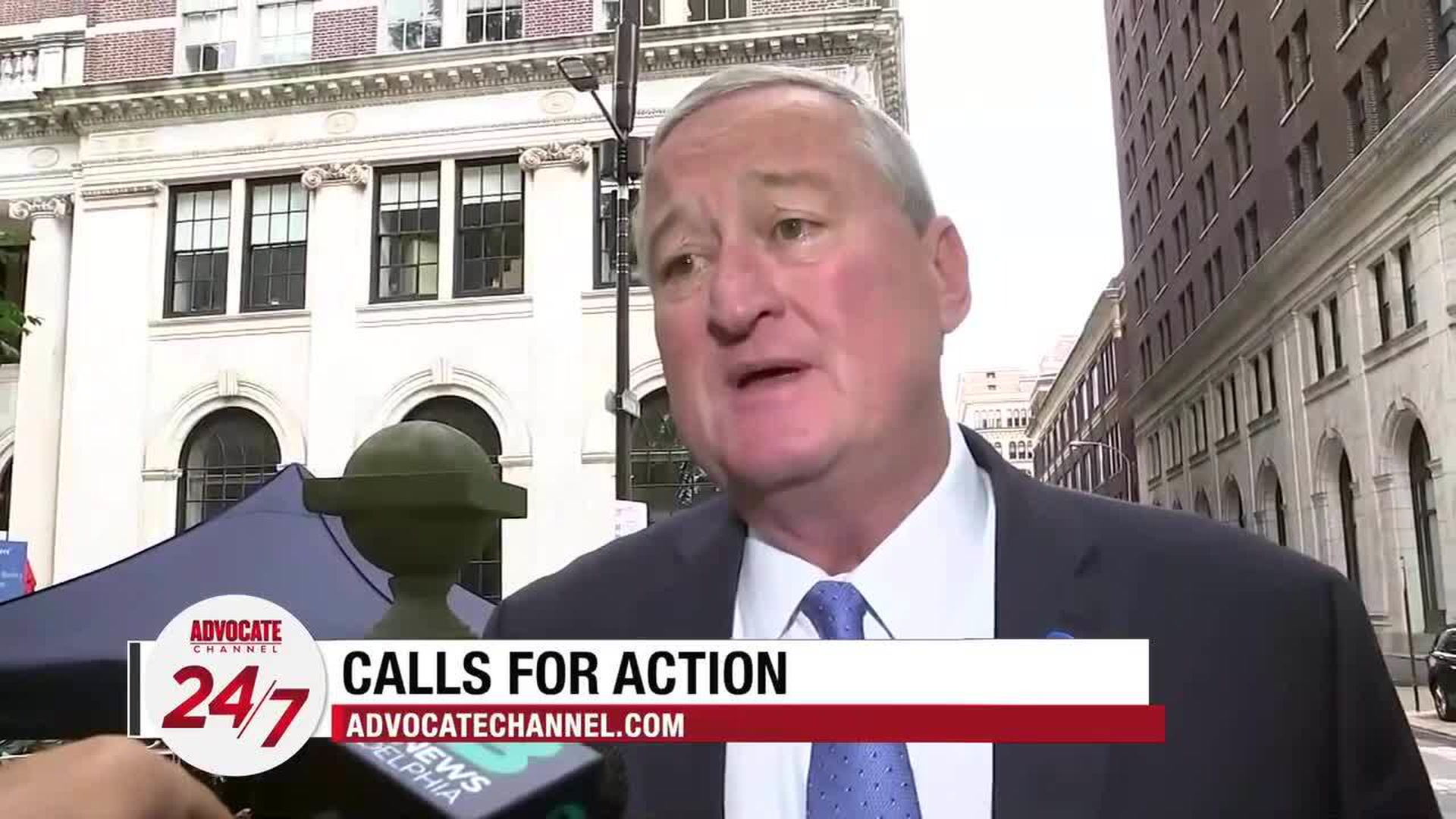Most adolescent school shootings are not mass casualty rampages, but are rather typically spurred by community violence, according to a study released Monday by JAMA pediatrics.
“A detailed analysis of school violence from 1990 to 2016 revealed that adolescents were responsible for only 7 mass casualty shootings, defined as causing 4 or more gunshot fatalities,” the study stated.
The report found that most school shootings often involved handguns, and that approximately 98 percent resulted in one or two fatalities.
Calls for action amid spike in gun violence

The U.S. Department of Education’s Institute of Education Sciences latest findings show 93 incidents documented between 2020 and 2021, which is almost four times higher than the yearly averages in past research.
The study also discovered that not only are school shootings typically rooted in interpersonal disputes but that more than 70 percent of school shooters in the U.S. are 19-year-old or younger.
Among the 262 adolescent shooters, the overwhelming majority (97.8 percent) were male, and 2.3 percent were female, with an average age of 16.2 years. The study broke down the demographics of the 262 shooters, listing that 141 of them were Black, 21 were of Latino ethnicity, 68 were white, and 14 represented other racial or ethnic groups including Asian or Pacific Islander and Indigenous people.
The study explained that youth frequently gain access to and acquire guns illegally through trusted channels such as family members, friends, or underground markets. It is also discovered that although media coverage focuses on school shootings where assault-style rifles are used, it is handguns that account for most of the firearms used most likely due to their high accessibility and concealability.
In addition, at the time of the shootings, only 144 of the 262 adolescent school shooters were actually enrolled in the school that they targeted.
“These results indicate that the firearms involved in community violence are similarly deployed in school shootings, suggesting a potential overlap in the factors driving these violent incidents collectively,” the study stated. “Previous studies corroborate that criminally engaged youths younger than 18 years typically acquire guns from these same sources. This finding again suggests a parallel between school gun violence and broader community violence.”
The study suggested that hospital-based initiatives that screen inpatients for firearm accessibility and exposure could be beneficial in preventing gun violence not only inside but also outside of schools.
“Overall, these findings stress the critical public health message concerning the secure storage of firearms, especially in households with adolescents," it concluded. "Our study suggests that initiatives limiting adolescent access to firearms, such as child access prevention laws or efforts to decrease illegal gun trafficking, might effectively prevent school shooting incidents."
- High School Boys Are Becoming More Conservative ›
- The 'Looney Tunes' Reboot On HBO Max Is Gun-Free ›
- Homicide Is a Leading Cause of Death in Children, Study Finds ›
- Ar-15s Are Now Banned in 9 States ›
- UNLV Shooting: What We Know About the Gunman and Victims ›
- Thursday's Top Stories: UNLV Shooting, Fake Electors ›


















































